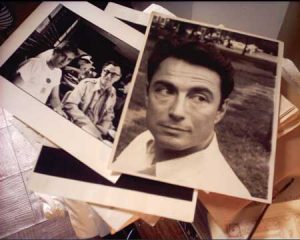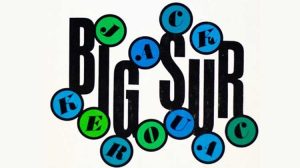
It all started with the word. Not THAT word. But a word — or a string of words, rather — that struck me:
There are no Jack Kerouacs or Holden Caulfields for girls. Literary girls don’t take road-trips to find themselves; they take trips to find men. (Kelsey McKinney)
As a freshly-minted English major with a semester’s study abroad, a few recreational trips to Central America and a wealth of weekend road-trips under her belt, McKinney’s point hit home. Where were my literary exemplars? Who were the heroines I was emulating? When I found Vanessa Veselka’s article in The American Reader soon after, my questions deepened. Her analysis of the lack of female road narratives for hitchhikers was even more persuasive than McKinney’s, and it bordered harrowing:
“Here we were, both teenagers, both waiting on rides and travelling the highways, both trying to figure ourselves out and become something—but he was armored with an idea, a narrative through which he could both shape himself and be recognized socially. He was visible. I was an unknown, a dangerous blank.”
As a female hitchhiker, Veselka was emulating Kerouac’s journey but was invisible in his footsteps. Her article gave me the vocabulary to explain why I’ve opened On the Road a dozen times and never gotten more than thirty pages in. Even as I dream of cheap motels, railroad vagrants and cross-country road-trips, I can’t see myself in Kerouac’s shoes. The masculine nature of the quest narrative renders women invisible. It renders ME invisible — to others and even, it feels sometimes, to myself.
After graduation, I watched male friend after male friend embark on Kerouacian journeys across the US. They’d pack backpacks and be off, checking in occasionally via Instagram with photos of national monuments, sun-drenched beaches, and bottles of whiskey. But where were their female equivalents? McKinney and Veselka’s articles suddenly traced chalk outlines around these women’s absences. If my friends were the Jacks, where were the Jill Kerouacs? Their absence was both literary and in reality. I couldn’t read about them or see them around me.
Once I saw this void, it consumed me. Could there be a girl Siddhartha? A female Frodo? A lady Dante? If I were recasting Into the Wild, who would be my Christine McCandless? I couldn’t envision her.
And that’s where this trip begins — with the attempt to put a face to a name, a narrative to an experience. I’m not trying to be The Jill Kerouac; I just want to be A Jill Kerouac. I want her story to be as vibrant and real as those of her male predecessors. I want her narrative to exist so other women can follow and be visible on her footsteps.
For the next month I’ll be traveling through the Midwest and up the West Coast in my trusty red pickup truck. I’ve got a copy of On the Road that I intend to finally finish and a slew of books by female authors that I intend to mine for inspiration. Like Siddhartha or Kerouac or any of the travelling men I’ve read and never been able to relate to, I’m undertaking a journey of physical and psychological terrain. I’ll visit places familiar and foreign to me, and I’ll relive history (dare I say herstory) while I craft new narrative arches.
In my explorer’s excitement and feminist fervor, I’m not sure what’s to come, but of one thing you can be sure:
This literary girl is not taking a road-trip to find a man; she’s taking one to find herself.This post first appeared on the now-defunct JillKerouac.com. You can find the author at http://fiftyfeministstates.com/>fiftyfeministstates.com.





Leave a Reply